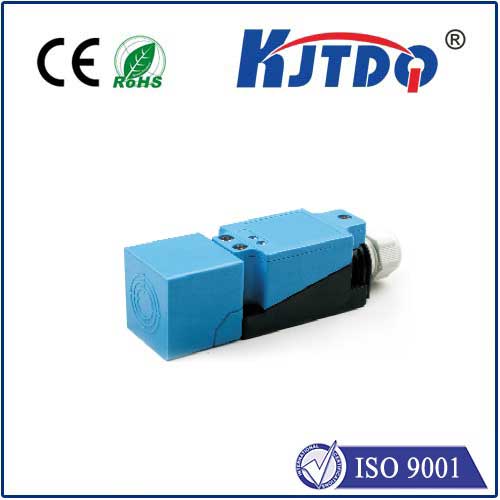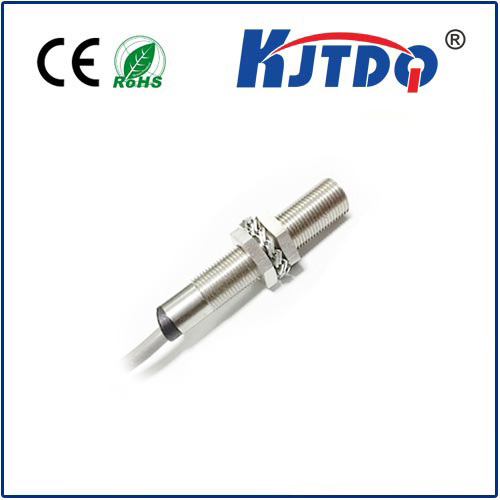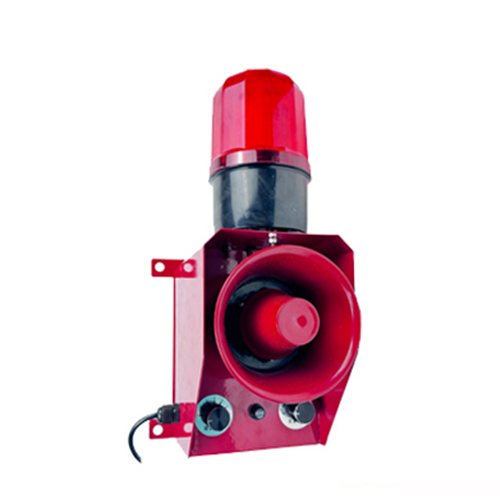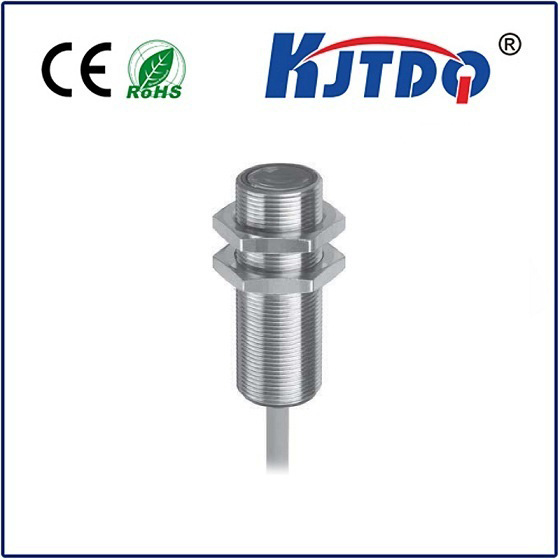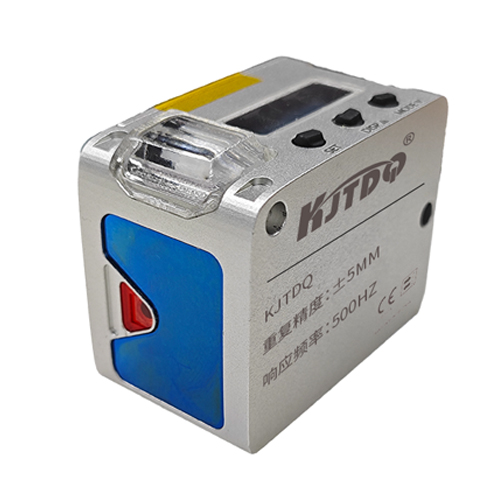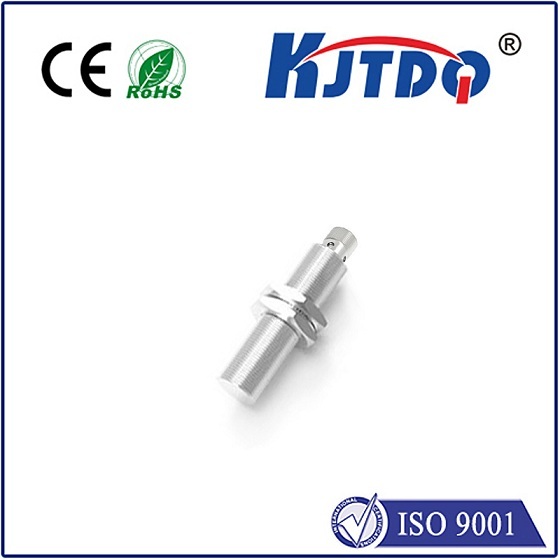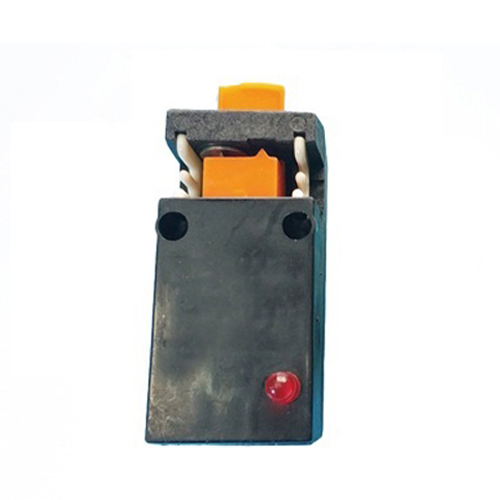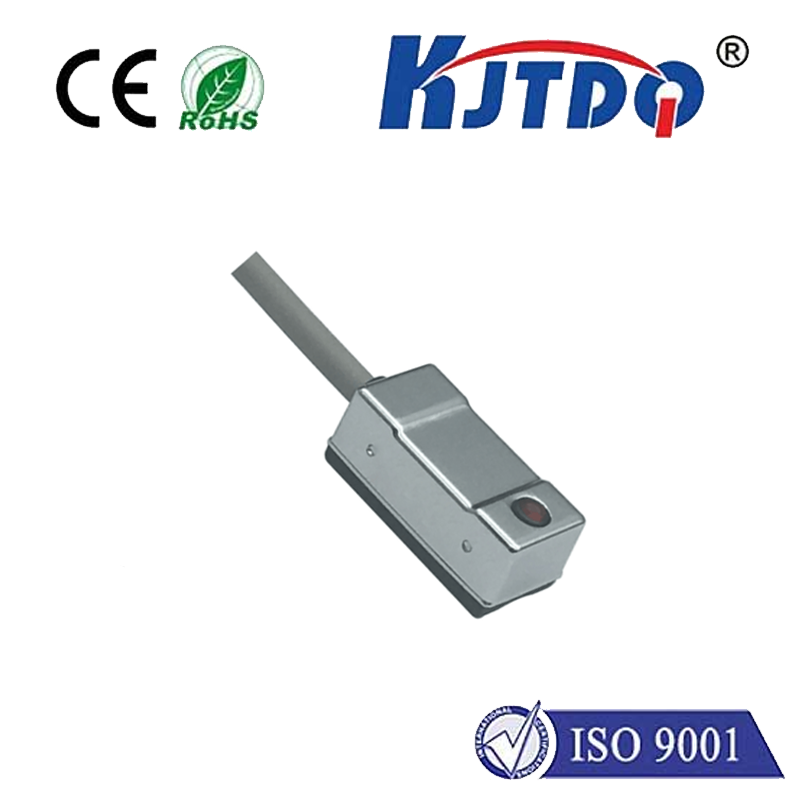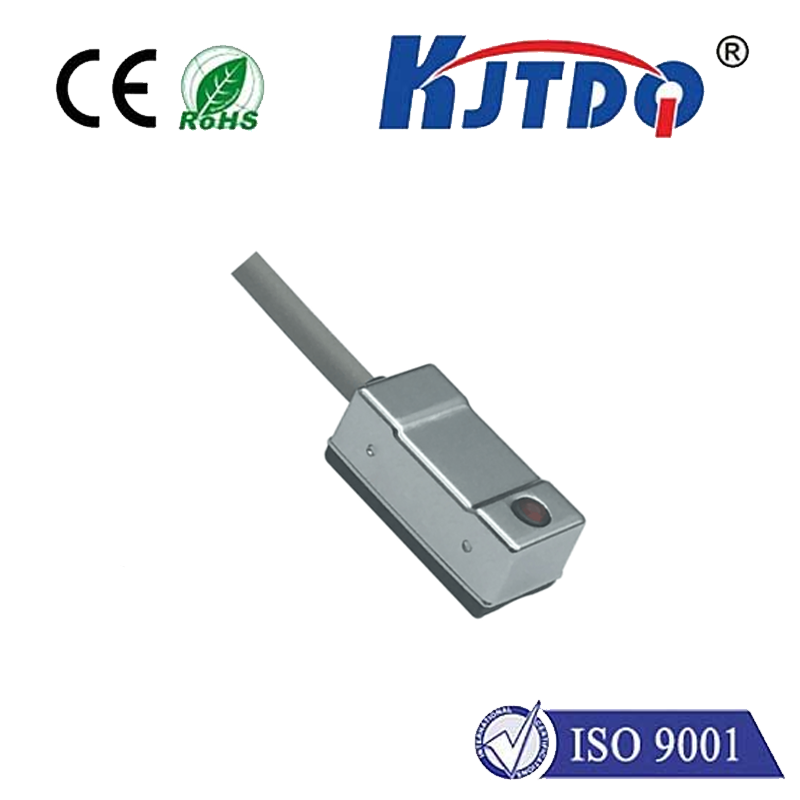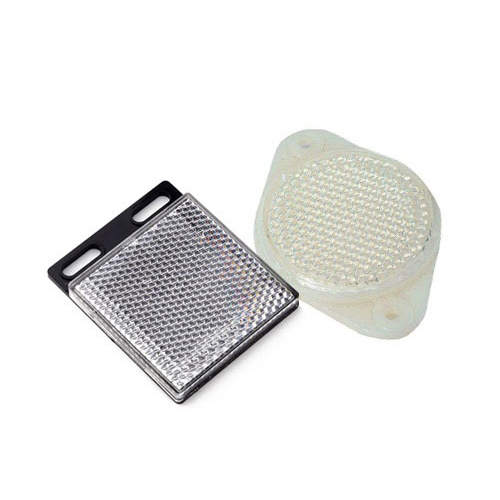
Proximity Sensor Relay: A Key Component in Smart Automation In the realm of automation, the proximity sensor relay stands as a pivotal component, seamlessly integrating advanced sensing technology with control systems to enhance efficiency and safety across various industries. This device, though seemingly inconspicuous, plays a crucial role in enabling machines and processes to operate with precision and responsiveness. At its core, a proximity sensor relay combines the functionality of a proximity sensor and a relay. Proximity sensors detect the presence or absence of objects without direct contact, utilizing technologies such as electromagnetic fields, light beams, or ultrasonic waves. When an object comes within a certain range, the sensor generates a signal. The relay, on the other hand, is an electrically operated switch that uses this signal to open or close circuits, thereby controlling the operation of connected devices or machinery. The versatility of proximity sensor relays is evident in their wide range of applications. In manufacturing, they are used for positioning, counting, and speed detection, ensuring that production lines run smoothly and efficiently. For instance, in an assembly line, these relays can detect the presence of components, triggering robotic arms to perform precise tasks, thereby enhancing productivity and reducing errors. In the automotive industry, proximity sensor relays play a vital role in safety systems, such as automatic door locks and anti-pinch mechanisms in power windows, by detecting the position of doors and windows and activating appropriate responses. Moreover, proximity sensor relays contribute significantly to energy conservation and cost savings. By accurately monitoring and controlling equipment, they help optimize processes, reduce waste, and lower energy consumption. In building automation, for example, they can regulate lighting and HVAC systems based on occupancy, turning off lights and adjusting temperatures in empty rooms, leading to substantial energy savings over time. The advantages of proximity sensor relays extend beyond their functional capabilities. They are known for their reliability and durability, withstanding harsh industrial environments and prolonged usage. Their non-contact nature minimizes wear and tear, resulting in longer lifespans and reduced maintenance costs. Additionally, these relays offer enhanced safety features, as they can quickly respond to changes in object positions, preventing accidents and injuries in the workplace. In conclusion, the proximity sensor relay emerges as an indispensable element in modern automation, driving innovation and progress across multiple sectors. Its ability to integrate sensing and switching functionalities empowers industries to achieve higher levels of efficiency, safety, and sustainability, paving the way for smarter and more responsive manufacturing and operational processes. As technology continues to advance, the importance and applications of proximity sensor relays are only set to grow, solidifying their position as key enablers in the era of intelligent automation.
